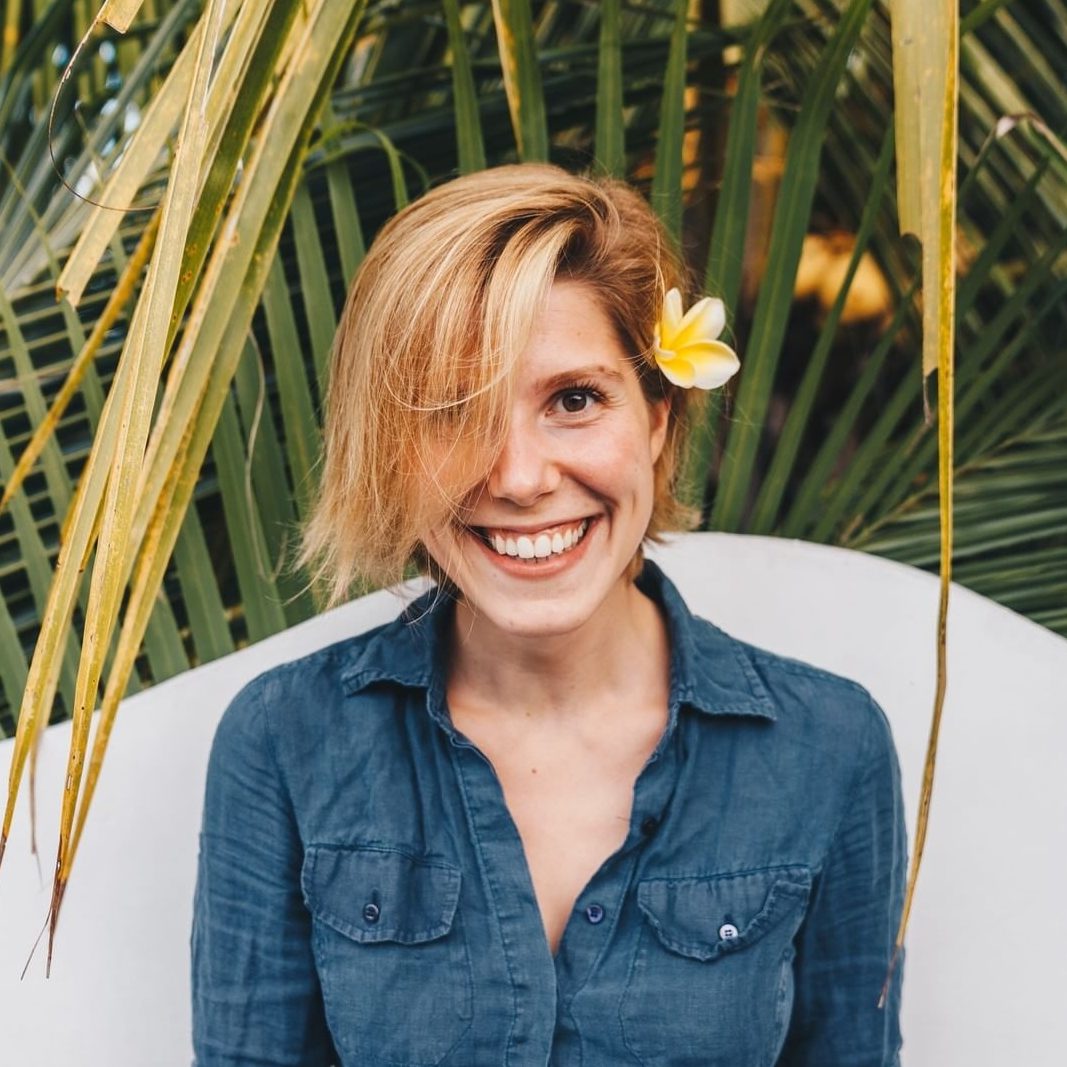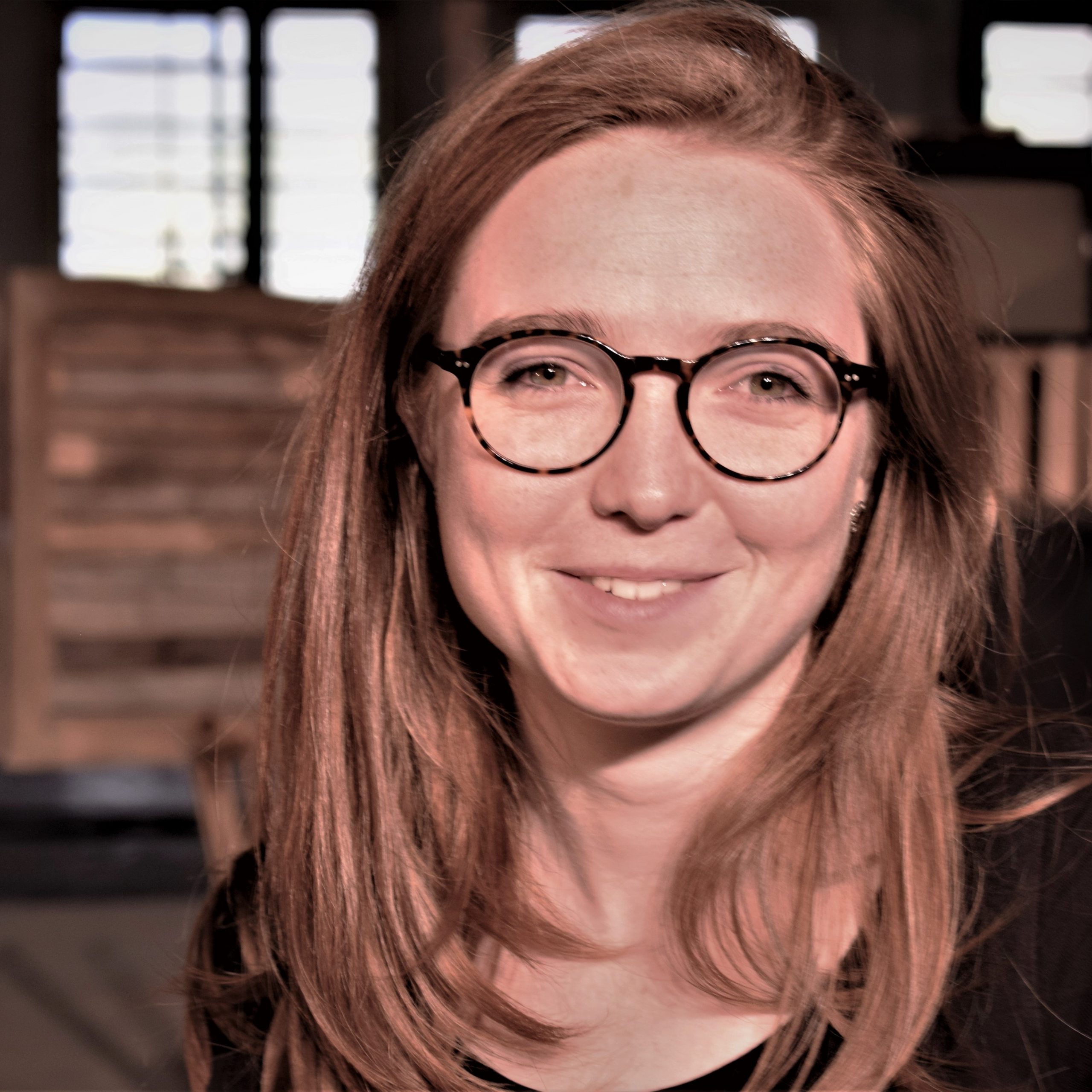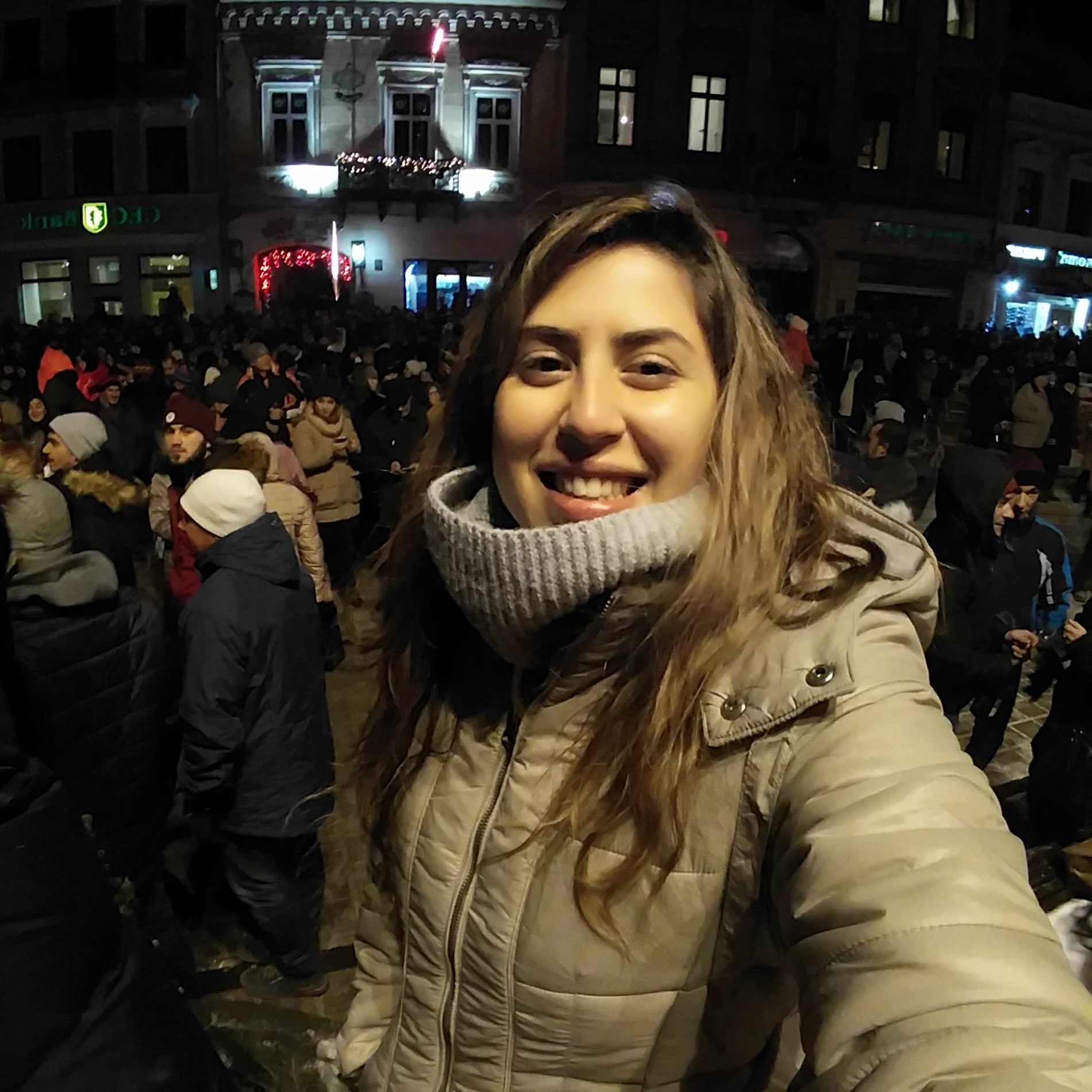
Environment and enhancement of language skills
Mission
Children and adults who are deaf or hearing have different experiences of perceiving the world and are exposed to a variety of communicative situations in different (multicultural and multilingual) contexts. They use a variety of communicative resources and strategies during interactions in the presence or absence of sensory and communicative asymmetries. This work package will evaluate how individual resources, such as verbal and non-verbal cognitive abilities and communication strategies, affect (spoken, written and/or embodied) communication and facilitate daily-life interactions and learning according to the opportunities and constraints of the communicative environment, i.e. multilingual and multicultural settings. Moreover, researchers will examine how such diverse language skills and communicative repertoires can be assessed.
Research Activities
We aim at optimising communication for children and adults who are deaf and hearing by approaching them in their individual contexts and by building on their individual abilities in order to improve (language) learning and development as well as early access to communication. So far, we have focused on:
Outlining a research design that would be able to effectively investigate the acquisition of multiple languages in children who are deaf, wear cochlear implants and grow up in multicultural and plurilingual families.
Developing a systematic approach to multimodal analysis of early parent-child interactions and communicative resources as they occur, combine and contribute to moments of joint attention in the presence of sensory and communication asymmetries. A multilayered coding template was developed and tested in ELAN, an annotation tool for audio and video recordings, and will be helpful to systematically analyse early interactions between interactants who are deaf and hearing.
Collecting preliminary data in France in order to provide an overview of communication tools used to aid deaf children in France. The data showed differences in the use of communicative strategies between parents and professionals. The most used strategy to develop spoken communication with deaf children is French supported by sign (78% by professionals and 40% by parents). The second one is French Cued Speech (58% by professionals and 29% by parents) and the third one is Auditory Verbal Therapy (10% by professionals and 14% by parents).
Investigating how children are learning and memorizing new written words they read for the first time. In an online study 29 children who are deaf and hard-of-hearing read short stories with embedded pseudowords. Results show that they performed better than their hearing peers in recognizing the new word among distractors. The nature of spelling errors allows us to infer how children store orthographic representations in memory, including real words.
Examining the role of body movements in order to stimulate the articulatory qualities and production of speech sounds which is a topic less explored in the scientific community. We are working on the experimental protocol using videos to train French speaking adults to perceive Arabic speech sounds that do not exist in French phonological repertoire. The aim of this study is to examine the effect of body movements on the perception and production of second language speech sounds. After examining the role of an embodied approach in speech perception and production with normal hearing adults, the second step would be to test it with children who are deaf.
Impact
With our research we hope to inform parents as well as working professionals, including speech and language therapists, teachers (of the deaf) and people working in both governmental and public institutions by:
Bringing awareness to the fact that multilingual children who are deaf cannot be regarded and assessed the same way Hearing (or d/Deaf monolingual) children would. As other researchers highlighted, d/Deaf children are not Hearing children who don’t hear. The same holds true for children who wear Cochlear Implants (they are not Hearing children) or who are plurilingual (they are not monolingual children who use more than one language). It is fundamental that children who are d/Deaf, wear CI and come from multicultural and plurilingual families have their uniqueness and necessities recognised.
Making communication more widely accessible by focusing on individual (multimodal) resources rather than (sensory) deficits. We point out and encourage the use of available multimodal resources in order to support interactions and provide access to and opportunities for early communication even before cochlear implantation or the consistent use of sign language. Multimodal resources of communication are one of the most malleable factors in early intervention that can help (language) development.
Providing new research data on the perception and production of speech in children who are deaf. In particular, by analysing the contribution of Auditory Verbal Therapy to children’s language development, professionals will be supported in giving detailed information about approaches of intervention based on scientific evidence on language acquisition. Thus, families will be able to make an informed decision on how to communicate with their deaf child.
Developing tools (e.g. spelling test) that accommodate the diversity of children who are deaf and hard of hearing as well as individual profiles, in order to give professionals means to properly assess and support the child’s (written) development. Furthermore, as many European countries increasingly include the needs of children with disabilities in mainstream school policies, these tools could be extended to teachers’ pedagogical practices throughout education.
Encouraging the use of a dynamic embodied approach when learning phonological contrasts with children who have difficulties perceiving specific speech sounds. Furthermore, using body movements helps to create a playful and a joyful context for children to learn to improve perception of certain speech sounds which could be a great support for the communication and interaction between children with hearing disabilities and their caregivers or professionals.
Our team of early-stage researchers
Click here to read more about their individual research projects




